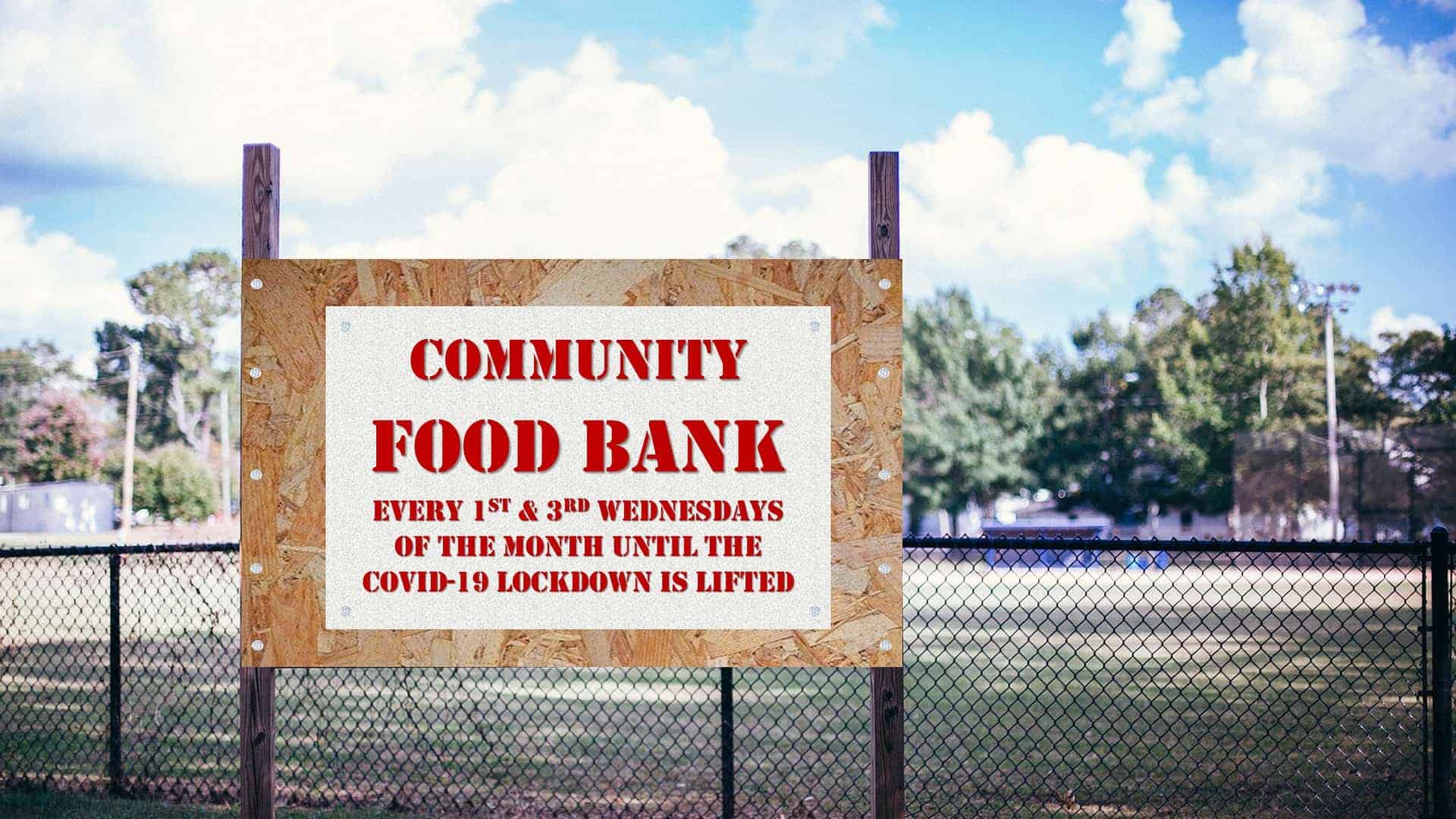Ontario assistance vs CERB: which has helped people more during the pandemic?
Published May 4, 2021 at 5:07 pm

As the COVID-19 pandemic continues to leave many Ontarians without work and a sustainable income, impacted residents have had to rely on government assistance to get by.
The federal government’s response to COVID-19 was to implement the Canadian Emergency Response Benefit (CERB). The $2,000 per month program was available to those who lost work due to the pandemic.
How did CERB compare to provincial programs, like the Ontario Disability Support Program (ODSP) and Ontario Works during the pandemic? Two McMaster University professors sought out the answers to that question in the form of an online survey.
Peter Graefe, an associate political science professor, and Mohammad Ferdosi, who is working on a PhD in political science, surveyed nearly 800 respondents who received payments through the federal or provincial programs.
“Given median employment income in Canada was $36,900 in 2019, the CERB only replaced two-thirds of monthly employment income for the average Canadian,” according to the report, which was published on McMaster’s website. “Given half of Canadians are only $200 away from insolvency on a monthly basis, that was a big hit.”
According to the professors, though, CERB was “the lap of luxury” compared to the provincial programs.
Those on ODSP continued to receive only $1,169 per month, with a one-time pandemic top-up of $100 per month until the end of July 2020. That amount was just two-thirds of the CERB level, but still above the $733 per month provided to Ontario Works recipients who did not qualify for CERB.
Respondents who were on the federal program did not report lower food security compared to those who were still working. Those on CERB did, however, find themselves insecure about their housing situation.
Meanwhile, a third of provincial assistance recipients often did not have enough to eat and half of the respondents reported days with no food. Sixty-three per cent bought nutritious food less often, and nearly a third made increased use of food charities.
By contrast, recipients of CERB did much better, according to the survey. One-tenth went a day without food, and one-quarter bought nutritious food less often.
“Their rates of distress on these measures were only slightly higher than those receiving neither CERB nor social assistance,” according to the professors. “If CERB recipients continued to eat well, this was at the cost of housing security.”
Over half of CERB respondents reported struggling to keep up with rent and mortgages. Compared to working people, CERB recipients were three times more likely to be concerned about being evicted or having to move.
“Their level of housing worries were close to those of respondents receiving social assistance,” the professors added.
The survey also found that those on federal and provincial assistance were more likely than those employed to take on debt or fall behind on their debts.
Both groups made increased calls on family and friends for help.
But where CERB recipients covered shortfalls with lines of credit, social assistance recipients drew more heavily on payday loans and pawnbrokers, according to the survey.
The professors concluded that “despite these hardships, CERB recipients were the group that gave the best rating to the government’s economic response.”
“As respondent comments made clear, the CERB was an economic lifeline when the economy shut down,” the professors said.
Recipients of Ontario social assistance were the least satisfied, with only one in seven approving.
The report adds that while the incomes of those on provincial assistance did not drop during the pandemic, the costs did rise, and survival strategies based on mutual aid became difficult under lockdown.
Eighty per cent of those on provincial assistance also claimed they suffered “the loss of meaningful relations”, compared to only half for CERB recipients and those still working.
Two-thirds of both groups became more favourable of the role of government in supporting society.
Asked to name three policy priorities for extending government support, basic income was the most popular, with nine out of 10 social assistance recipients and nearly three-quarters of CERB recipients listing it in their top three choices.
This was followed by affordable housing (66 per cent and 51 per cent respectively) and a dental plan (45 per cent and 49 per cent).
insauga's Editorial Standards and Policies advertising





